14 ways 5G will transform healthcare in the wake of coronavirus
UPDATED: Faster, more reliable 5G networks will open the door for technologies with the power to revolutionise healthcare.

In just five years’ time, the worldwide digital health market is set to hit a phenomenal $504 billion (£384bn) – almost on par with the entire global smartphone market.
And as the Coronavirus pandemic has illustrated, the need to deal with health issues remotely has never been important than it is today.
Technology is such a cornerstone of the future of healthcare, the NHS’s Long Term Plan is almost entirely underpinned on the rise and adoption of digital services. In the US, Deloitte believes tech has the potential to completely disrupt how we think about healthcare, and every tech giant, from Apple to Google and Amazon, is seemingly dipping its respective toe in the healthtech waters.
This demand is, in part, due to an increasingly ageing population putting a strain on traditional services; it’s linked to the rise of generations who have never known a world without tech but fundamentally, it’s driven by our global desire for data. This is where 5G comes in.
Alongside the promise of faster downloads and more reliable streaming, the increased speed and connection density afforded by 5G technology has the power to transform healthcare as we know it.
The rise of digital diagnostics
1. How 5G will transform telehealth
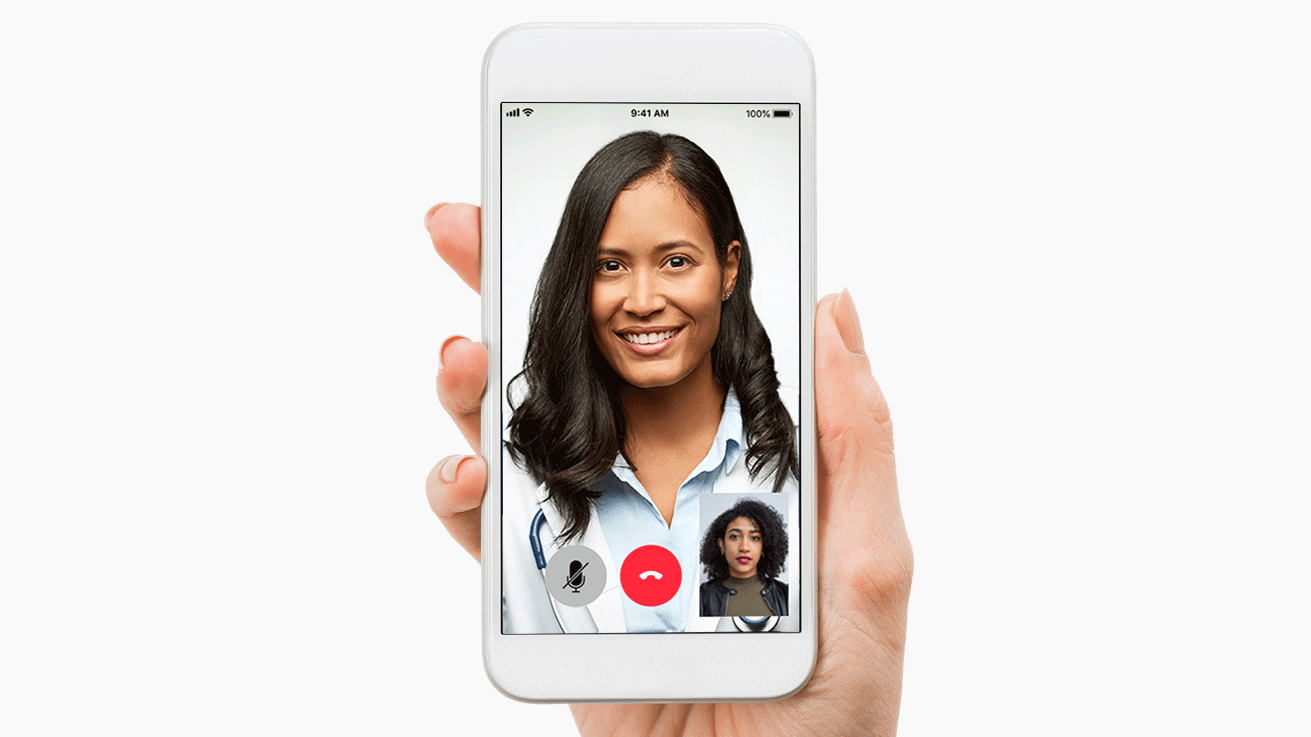
Analysts predict the use of telehealth will triple by 2025, fuelled largely by 5G. Such services, like the NHS’ GP at Hand, offer video appointments over the phone. Other projects, such as the Liverpool 5G Health and Social Care’s digital pharmacy partner, PAMAN, allow pharmacists to observe patients taking their medications remotely via video/audio link.
Yet many rely on high-quality video run over wired networks. With 5G, healthcare systems will be able to offload these services to mobile networks, reducing the cost while increasing their reach. It will also mean rural areas will finally get access to the kind of services largely reserved urban dwellers.
Get up to speed with 5G, and discover the latest deals, news, and insight!
“To take advantage of these technologies you need a fast and reliable wireless connection that supports a large amount of data and not everybody can afford one,” said Rosemary Kay, Liverpool 5G Health and Social Care Project Lead. “By embracing and harnessing 5G, we can transform people’s lives for the better. People with long-term conditions like diabetes can take medication independently, freeing up the time and cost of carers making home visits.”
2. 5G and AI
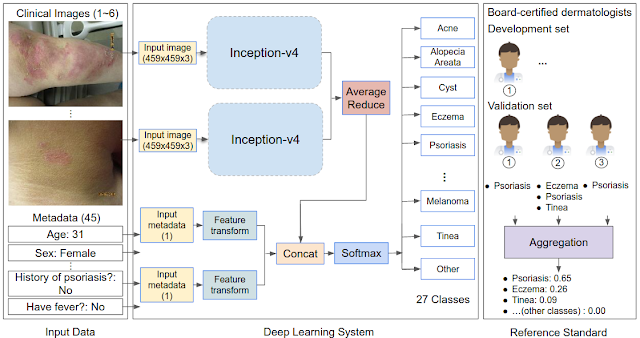
A number of healthtech initiatives, particularly those from the likes of Google and Amazon, are powered by machine learning and artificial intelligence. AI can be used to spot whether a mole could be cancerous, or to identify which diseases you’re most at risk from, but it relies on the processing of vast amounts of data over reliable, high-bandwidth networks that aren’t always accessible to all.
By moving to high-bandwidth 5G mobile networks, reams of data can be processed and accessed on-the-go and shared more easily from anywhere, making the health benefits more widely available. What’s more, the higher the number of people using AI-powered services, the greater the dataset and, theoretically, the more accurate the results.
3. 5G-powered Covid-19 ‘clinic-on-wheels’
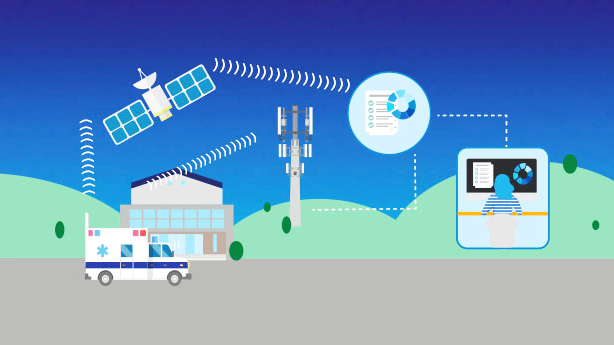
Like the rest of the UK, Scotland’s care homes have been disproportionately hit by the Covid-19 pandemic. At the time of writing, care homes account for 54% of coronavirus deaths, with more than three quarters (77%) of all Covid-19 deaths occurring amongst over-75s.
This figures highlight the importance of monitoring care homes, and today O2 and the NHS have announced a new, 5G-powered Covid-19 testing unit, which will be trialed in six Scottish care homes during a three-month trial, before potentially being deployed across the whole country.
The ‘clinic on wheels’ will be rolled out by the University of Glasgow’s Adam Smith Business School, the James Watt School of Engineering, and O2’s Darwin Innovation Group, which have been working in collaboration to create a proof-of-concept Connected Mobile Health Clinic (CMHC) that can be used in the trial.
Starting this summer, the trial will capture the data of 550 residents and care home workers across the six sites, with a view to it being used in the West of Scotland region, potentially testing around 2.7 million patients in care homes, hospitals, and other medical facilities.
The CMHC will share the number of Covid-19 test data to a secure cloud server via O2’s mobile network. The testing unit will then display this data on a dashboard, in real-time, providing epidemiological analysis to the NHS, the Scottish Government and public health organisations.
Data demands
4. 5G and medical file sharing
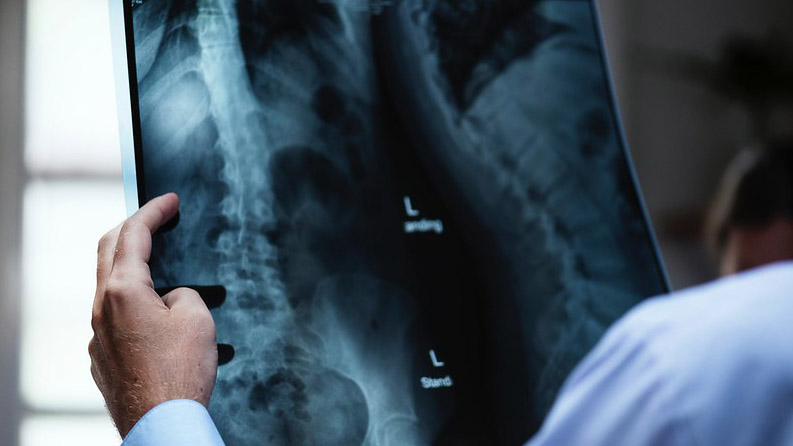
Files generated by MRI scanners, X-rays and other high-resolution imaging machines have to be incredibly large – in the region of 1GB for each patient – in order to capture the smallest of details needed to make a diagnosis.
Sending these files to specialists puts a strain on hospital bandwidth; impacting network performance for more critical tasks while slowing down the review process, potentially delaying diagnosis of a life-threatening condition. 5G will make this process more efficient, meaning a patient can start treatment sooner and a doctor can help more people.
5. 5G and wearable health sensors
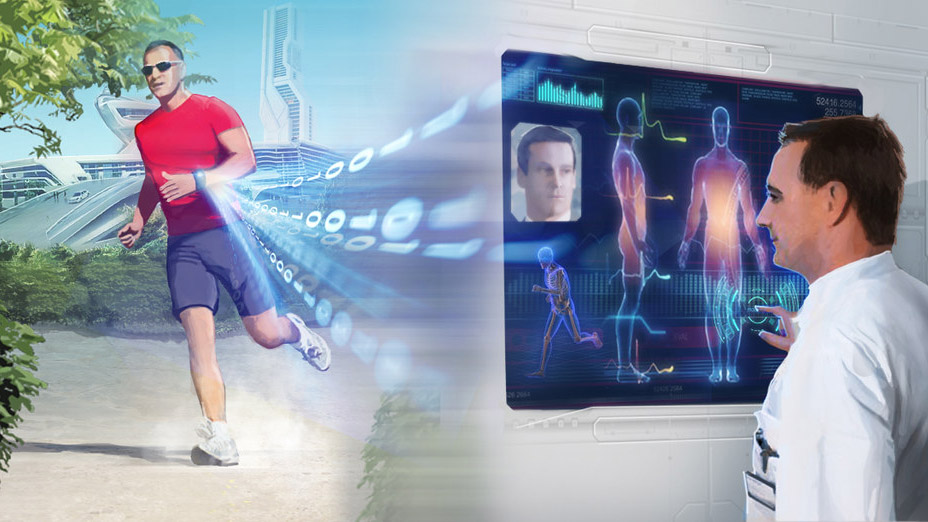
Beyond speed, 5G technology increases the number of devices that connect to a network while decreasing the latency of such devices. This opens the door for billions more IoT sensors like those found in wearables to come online, particularly in healthcare.
These sensors can be used to send data to doctors, allowing them to closely monitor a patient’s observations, spot any changes to their health and react in real-time. Wearables could be so impactful in this way, they’re predicted to cut hospital costs by 16% over the next five years.
Robot surgeons, virtual cadavers and connected ambulances
6. The rise of 5G hospitals

5G’s lower latency times also pave the way for robotic surgeries to be performed remotely. Such operations rely on split-second reaction times between a surgeon in one location making an incision and a robot’s corresponding response in another. Robotic surgeries allow specialists to perform operations from another country, and evidence has shown their pinpoint precision can cut recovery times and reduce blood loss.
The US Air Force is training surgeons to perform remote surgery in this way using its Da Vinci System. In January 2019, a Chinese surgeon reportedly used robotic arms connected to a 5G network to remove the liver of a lab test animal from a remote location 30 miles away, and in the UK this summer, West Midlands 5G (WM5G) with BT showed how ambulances connected to 5G can help paramedics more effectively diagnose patients before they arrive at the hospital.
”Using the speed and real-time nature of 5G, doctors can guide paramedics to conduct complex procedures, such as ultrasound scans, remotely,” explained Lesley Holt, stakeholder engagement lead at WM5G. “This enables conditions to be diagnosed faster and the right medical support provided as soon as the patient arrives at the hospital. This is just one example but it demonstrates 5G’s potential to transform time-critical areas such as emergency services and healthcare.”
7. 5G and virtual medical training
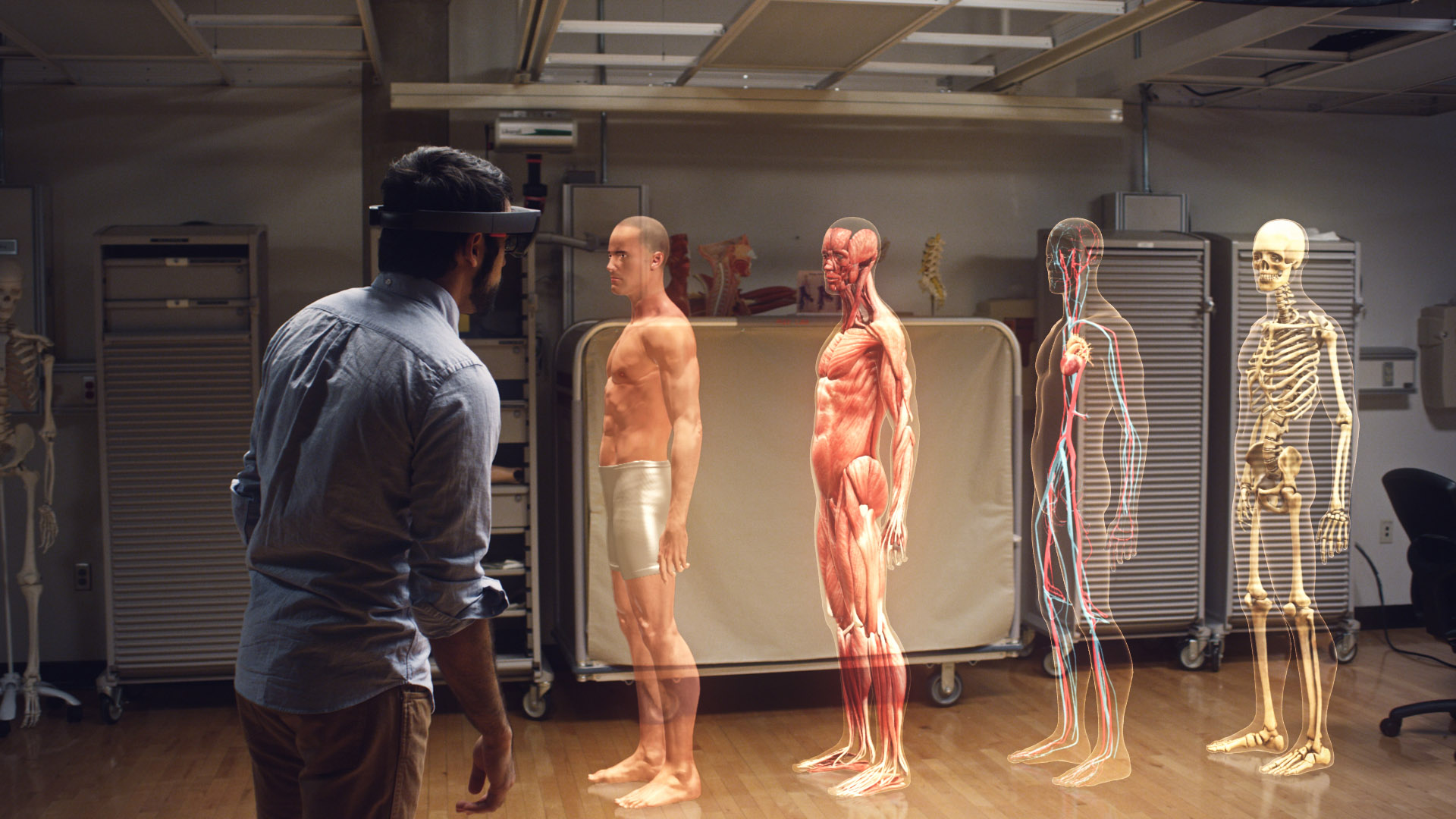
The power of 5G networks to provide a steady, reliable stream for HD video will also see significant leaps in the development of augmented, virtual and mixed reality programs in healthcare. Such programs are being used to provide “hands-on” training for medical professionals at Case Western University, while surgeons in London are using Microsoft’s Hololens to “see inside” patients before operations.
Chair Professor in Wireless Communications at King’s College London, Mischa Dohler calls this the Internet of Skills and believes it’s 5G’s most “revolutionary paradigm shift” both locally and on a global scale.
“Imagine delivering equipment to areas suffering from the Ebola epidemic,” said Professor Dohler. “The best doctors and surgeons could perform diagnosis remotely using connected technologies. This would allow aid workers and medical experts to contribute to the Ebola response operation without risking their own lives or bringing the virus back home.”
Digital therapeutics as the future of treatment
8. 5G and treatment simulations
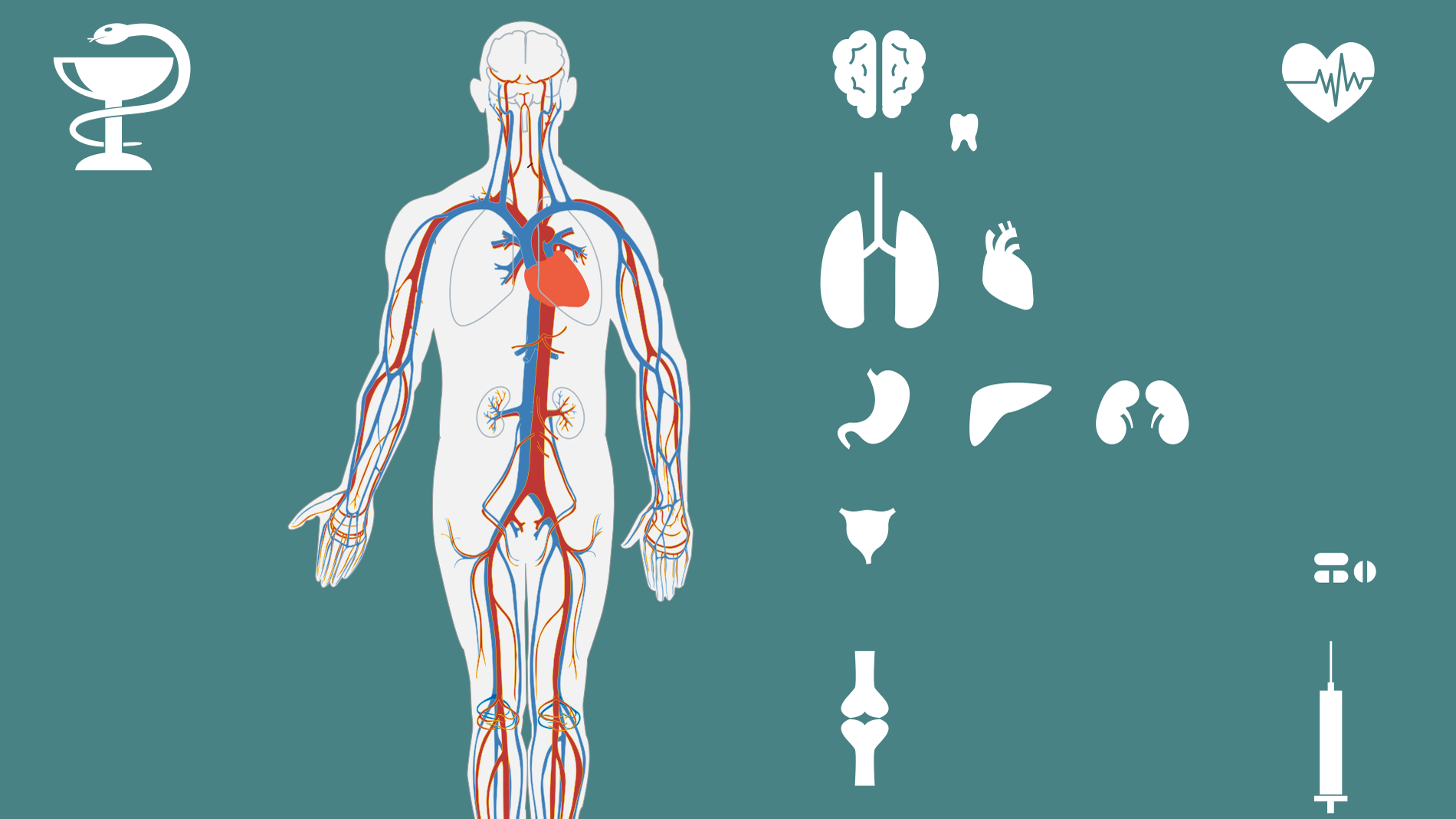
Beyond using virtual programs to train medical staff, robust 5G networks and their ability to handle billions of data points will enable programs built to simulate all the possible outcomes for a particular form of treatment for a patient.
Doctors could, for example, run simulations of whether a certain type of chemotherapy would work for a particular cancer and the likelihood of it succeeding based on a person’s genetic data, lifestyle or the drugs being used.
9. 5G and digital therapeutics
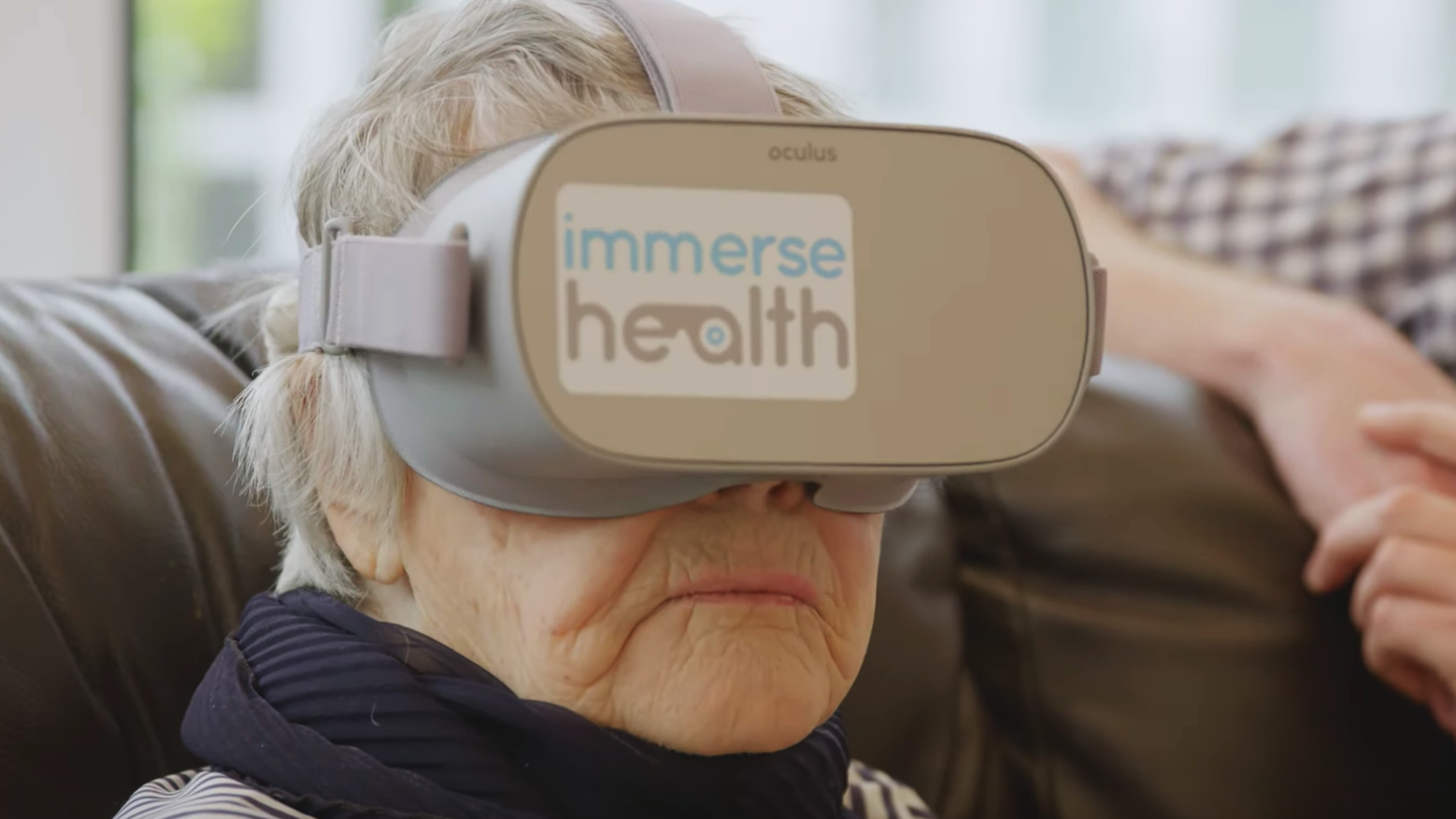
Scientific studies have shown that VR, in particular, has the power to reduce anxiety and other symptoms in mental health patients and digital therapeutics, generally, are set to be a huge beneficiary of 5G. Dementia patients can use VR to boost their memories, for instance, while VR can be used to treat people with eating disorders, reducing their negative reactions to images of food.
With the speeds and range offered by 5G, such programs – which currently rely on wired networks with expensive, specialist hardware installed in clinical settings – will be more accessible. They’ll be able to connect to 5G networks on-the-go, opening up opportunities to treat more people in their own homes and in remote locations.
10. 5G and switching healthcare from reactive to preventative

Possibly 5G’s greatest promise when it comes to healthcare, and one that underpins each of those mentioned, is that it enables us to switch fundamental practices from reactive to preventative. The ability to handle millions of data points and send them to billions of devices and sensors, without delay, enhances the value of such data.
5G-powered systems and networks could study our genetic code to warn us about individual, future disease risks so we can take steps to avoid them today, for example. Or they could reveal potential complications following an operation, based on our lifestyle, diet and habits, meaning doctors could factor these into our recovery plans. All the while, these networks would be helping to reduce the number of patients being treated, and the costs involved in treating them.
11. 5G and health data security

Despite its benefits, there is a dark side to the surge in data expected to come as a result of the rise of 5G, though. The more data points being created, the greater the risk of this data being exposed to hackers. This is true across all industries but will be felt most acutely in healthcare due to the highly sensitive nature of people’s medical records.
“5G will be the most fundamental game-changing technology to impact the cybersecurity landscape – maybe ever,” Dan Schiappa, Chief Product Officer at Sophos told 5GRadar. “5G promises to connect almost all aspects of life through the network with game-changing speed and lower latency, but it will also introduce significant security risks.”
Early 5G networks, due to their reliance on existing 4G infrastructure, will suffer from many of the current vulnerabilities. However, the plus side to this is that, as Schiappa continues, “it will require us to put an even greater focus on the security of our connections, devices and applications.” This increased scrutiny will work to enhance security so, by the time full, standalone 5G networks go live, all traffic data and its integrity will be better protected, and protected at source.
Remote health monitoring
12. 5G robot monitors

The robots were developed by Guangzhou Gosuncn Robot Company, with additional support from IoT hardware and software specialist Advantech. And the robots have already been deployed in airports and shopping malls in cities such as Guangzhou, Shanghai, Xi’an and Guiyang.
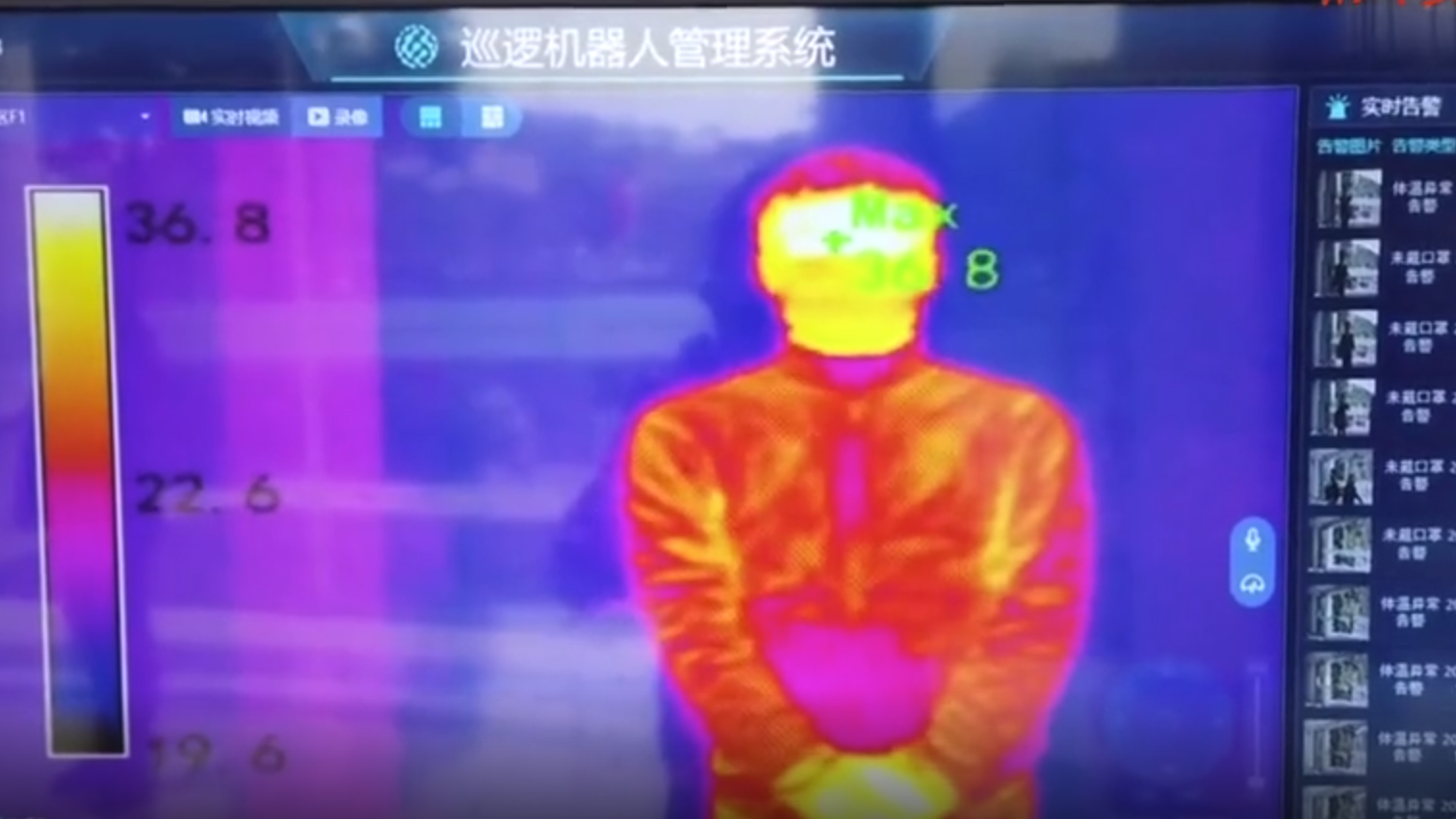
If a robot detects someone with a high temperature, the robot will alert a detection team, and a real-time response can be initiated. And although the robots are autonomous self-driving machines, they can also be controlled remotely if required.
Autonomous vehicles
13. Delivering medical supplies
Moving a step beyond using autonomous robots to monitor health, autonomous vehicles are also being used in health settings to remove the risk to employees of being exposed to Covid-19, which is particularly high for the likes of porters and delivery drivers.

Huawei, in partnership with Thailand National Broadcasting and Telecommunication Communication (NBTC) and Siriraj Hospital, has launched a new project to use 5G-powered self-driving vehicles to deliver medical supplies.
According to data from the UK’s Office for National Statistics, jobs such as bus drivers and hospital porters are particularly at risk from catching Covid-19 whilst at work, with both jobs in the top 20% when it comes to exposure. And this scheme will enable the transportation of goods around the Siriraj Hospital campus in Thailand, where workers face a similar risk to those in the UK. And the secretary-general of the Office of the National Broadcasting and Telecommunications Commission (NBTC), Takorn Tantasith, says that the project will take Thailand’s medical facilities into the “5G Era”.
14. Self driving carts
Whislt Huawei is developing vehicles to make deliveries in medical settings, KT has introduced 5G self-driving carts at its logistics center, enabling a nearly 50 percent reduction in employees’ travel range for loading and transporting inventory. The new system is the first use of next-generation smart logistics vehicles in the Korean communications industry, with two types of 5G self-driving carts – “NarGo” and “TarGo” – being employed in collaboration with Twinny, a company specializing in indoor autonomous robots and online platforms.
“In preparation for the post-COVID era, technologies to minimize person-to-person contact are increasingly demanded throughout industries,” said Choi Kangrim, Head of KT’s Connected Car Biz Center.

KT believes that reducing person-to-person contact will be an integral part of how companies operating going forward, with KT saying that it plans to provide 5G autonomous carts and control systems for small-scale logistics operations at hospitals, libraries and various other industrial sites.
Starting this summer, the trial will capture the data of 550 residents and care home workers across the six sites, with a view to it being used in the West of Scotland region, potentially testing around 2.7 million patients in care homes, hospitals, and other medical facilities.
‘’Resilience will become the new buzzword for care homes during COVID-19 epidemic,” said Professor Nuran Acur, University of Glasgow Adam Smith Business School. “Our project will enhance care homes resilience for COVID-19-related cases by designing the interface of proven digital technology, Connected Mobile Health Clinics and a new, social business model for linking key players such as the NHS, care homes and technology providers in the health ecosystem.”
The CMHC will share the number of Covid-19 test data to a secure cloud server via O2’s mobile network. The testing unit will then display this data on a dashboard, in real-time, providing epidemiological analysis to the NHS, the Scottish Government and public health organisations.
- The best 5G networks in the UK and US
- Why 5G small cells are vital for mmWave 5G
- Millimeter wave: the secret sauce behind 5G
- Get updates on the hottest 5G stocks
- We reveal the latest 5G use cases
- Discover the truth behind 5G dangers
- 5G towers: everything you need to know
Victoria Woollaston is a freelance science and technology journalist with more than a decade’s experience writing for Wired UK, Alphr, Expert Reviews, TechRadar, Shortlist and the Sunday Times. She has a keen interest in next-generation technology and its potential to revolutionise how we live and work.

